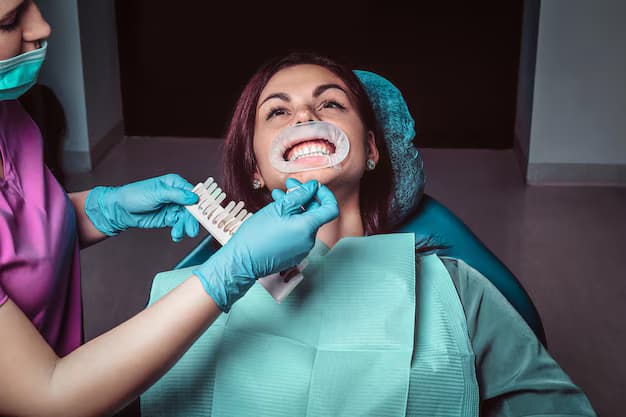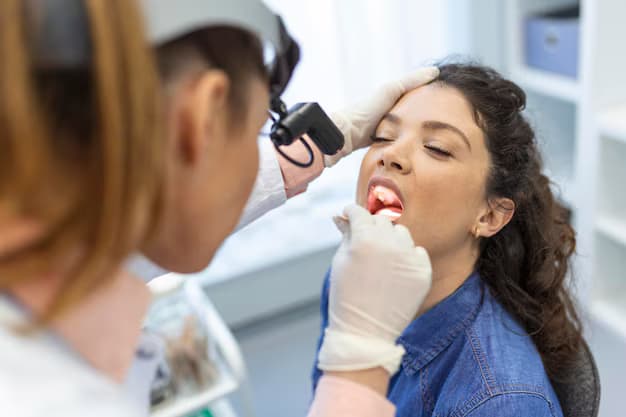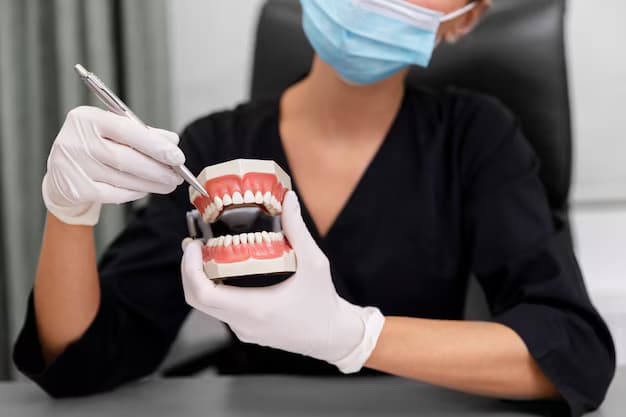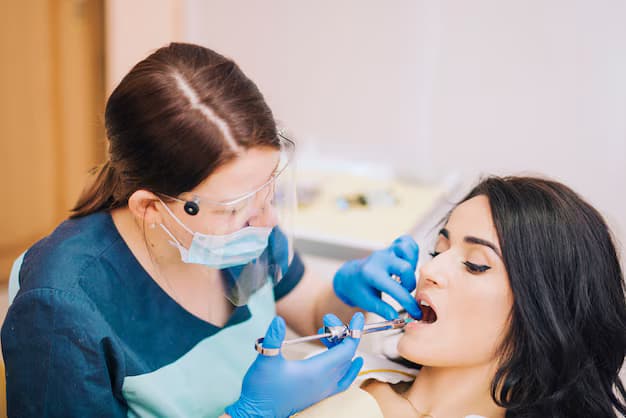Cosmetic Dental Bonding in Beverly Hills: Fix That Smile Fast
Key Takeaways Sometimes you look in the mirror and see a small chip or gap between your teeth. At first, you might think, “It’s fine,” but then it starts to bother you each time you smile. This is when cosmetic dental bonding can help. It’s quick, painless, and we can usually do it in one visit. Cosmetic dental bonding fixes small problems like chips, gaps, and uneven edges using a tooth-colored resin. At Clove Dental Beverly Hills, we make your teeth look natural. You can leave with a confident smile without anyone noticing you had work done. So, What Exactly Is Cosmetic Dental Bonding? Some people think it’s like veneers or crowns, but it’s simpler. Really, we take a resin that matches your tooth color, apply it to the tooth, shape it, and harden it with a special light. Think of it like putting a little clay patch on a sculpture. You get it! We had a patient who chipped her front tooth while eating popcorn (don’t ask how). She didn’t want something permanent or invasive. After bonding, she looked in the mirror and said, “It’s like my tooth never had a chip!” That instant satisfaction, that little boost of confidence, is why people love this procedure. Who Uses Bonding? Honestly, bonding is pretty versatile. People come in for: It’s great if you want a fix without reshaping the tooth or multiple appointments. In Beverly Hills, we see people choose bonding before big events, photoshoots, or sometimes just to stop worrying about that one tiny imperfection. How Does It Work? The process is simple, usually done in one appointment: It usually takes 30–60 minutes per tooth. And honestly, most patients expect discomfort but just feel a gentle touch. One guy joked, “I was bracing for pain, but it was more like someone smoothing icing on a cake.” How Long Does Bonding Last? Bonding isn’t permanent, but it can last a long time, 3 to 10 years, depending on habits. Avoid chewing hard objects like ice, pens, or candy. Brush, floss, and maybe get touch-ups every few years. Most patients find it easy to maintain. A local photographer got bonding before a wedding. He said, “It’s like my teeth finally look the way they’re supposed to. I just smile naturally now.” That’s the real magic of bonding; it’s subtle but confidence-boosting. Beverly Hills Lifestyle and Bonding Life here, coffee, wine, social events, late nights, can be tough on your teeth. Bonding lets you reset your smile fast. We make sure the resin matches your teeth perfectly. Many patients say, “It’s so natural; I forget which teeth were fixed.” That’s the goal, confidence without anyone noticing. Tips to Make It Last Final Thoughts Cosmetic dental bonding is a fast and painless way to fix small issues with your teeth, like chips, gaps, and uneven edges. You can get these repairs done in just one visit. At Clove Dental Beverly Hills, we prioritize both natural-looking results and your comfort. If you want to improve your smile, bonding could be a great choice. Come visit us! We will help you achieve a smile you love to see every day.









